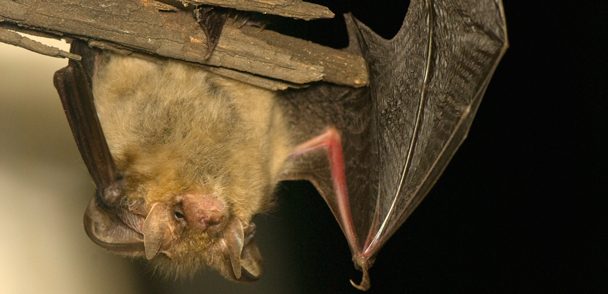“Aaaah…there’s a bat in my home; can you come and perform a bat removal?” This is a phone call that we receive quite often at Western Bat Specialists. And the good news is: you can easily do a bat removal yourself! It can be quite simple.
Bats often get into homes – sometimes through doors left open in the evening, perhaps while bringing in groceries. Also, if open windows are without screens, or have ill-fitting screens, they can enter. And unfortunately, at times, people attempting to bat proof homes seal them into attics and walls (see how to detect bats in attic). When they are sealed into structures inadvertently, they become desperate to find an exit and sometimes discover a way into the home.
If you are certain the bat has had no contact with anyone, just allow him back outdoors. If you can isolate him to one room by closing doors to the rest of the house, do so. Then open doors and windows to the outside. (We recommend doing this during the day; if done at night there is the risk that another bat could fly in.) Once you have opened doors and windows, the bat can feel the air current and fly out. However, if it does not, it can be captured and released. When it is resting on the wall or floor, cover it with a box and slide a flat piece of cardboard under the box to nudge the bat inside. Keeping the flat piece over the box, take your captured bat outside and gently shake it onto a bush, wall or tree. (We always suggest that you wear leather gloves when doing this.) The bat can take flight once it has its bearings. DON’T put the bat on the ground. Many bats cannot take flight from the ground, and they are vulnerable to predators there.
If the bat appears sick or injured, we can refer you to a Wildlife Rehabilitator. Or you can call Animal Control or the Public Health Department.
Whatever you do, don’t panic. Rest assured, the bat wants out of your home as much as you want him out! He will perform his own “bat removal” if he is possibly able!



